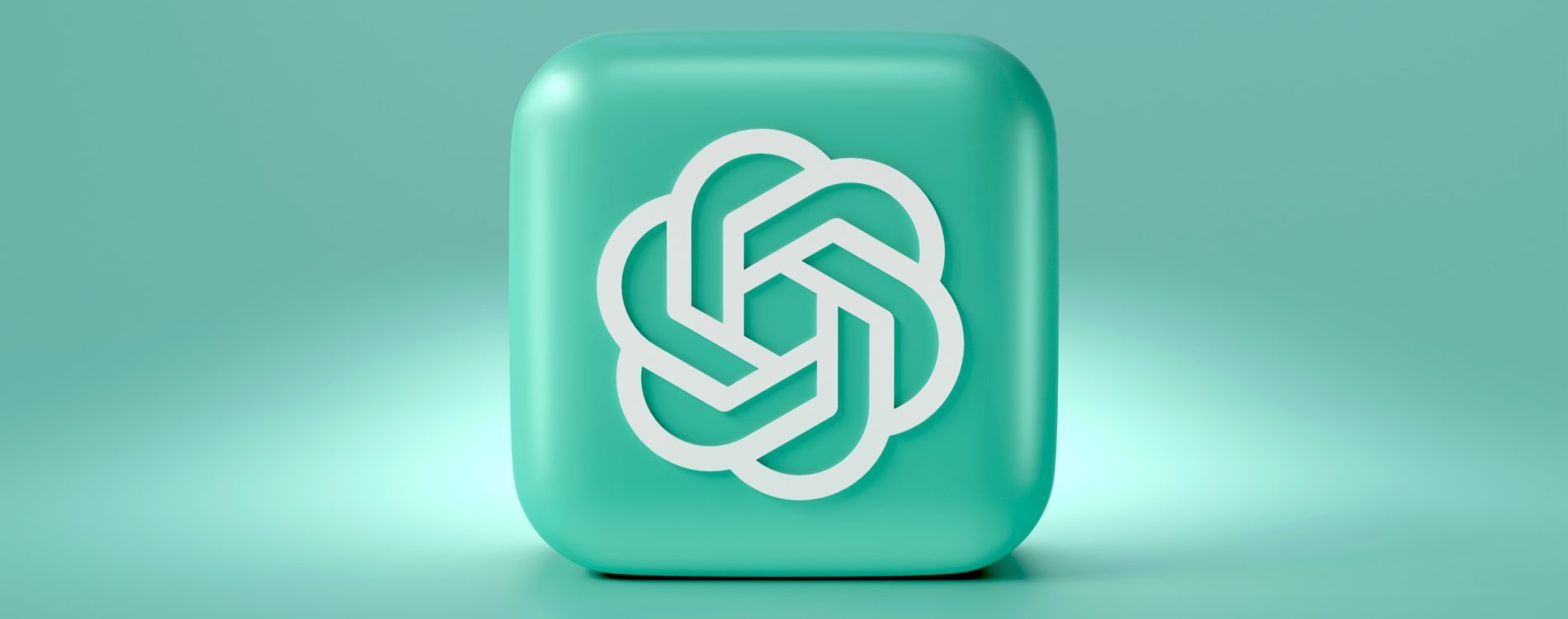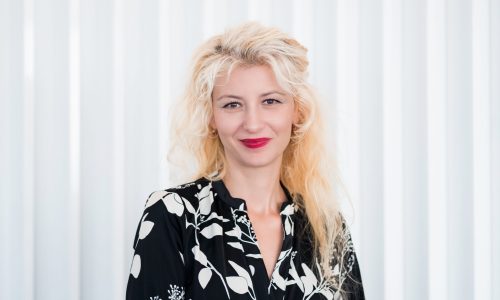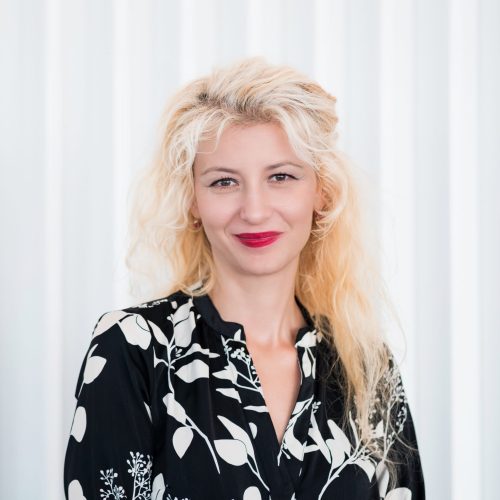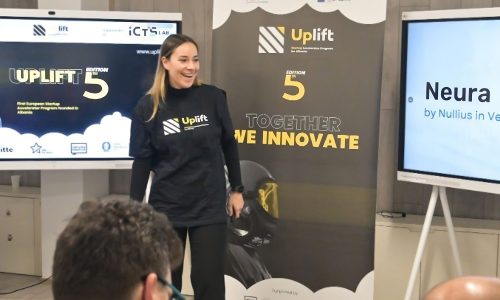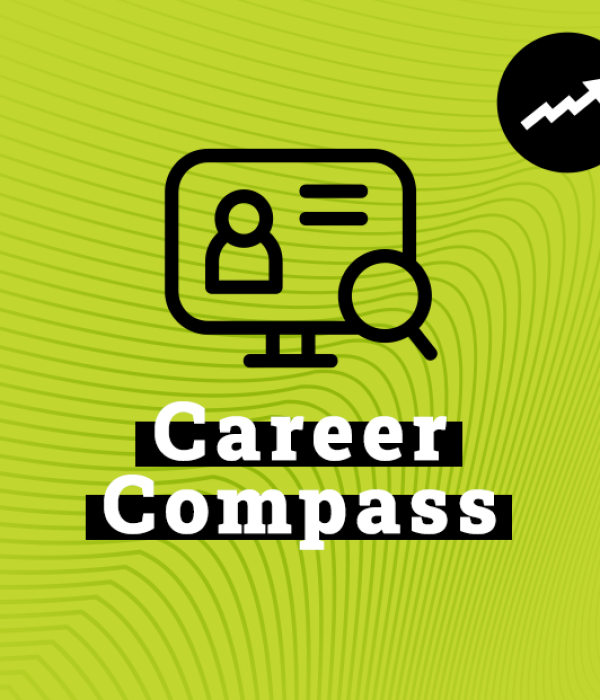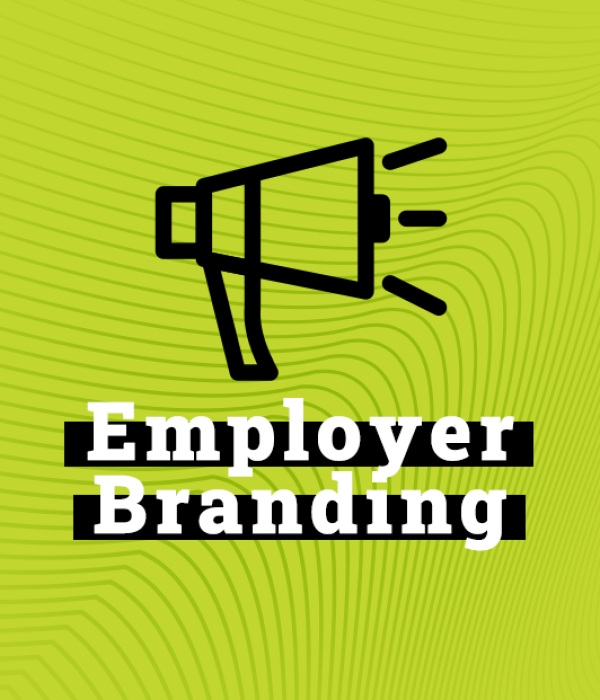OpenAI, a company that will undoubtedly be talked about a lot more in the near future, has upgraded its main product of the company. ChatGPT is already well known for its extraordinary capabilities, and now, with a new functionality, it’s turning even more heads. The company recently announced that it will integrate its upgraded graphics and photo model, the DALL-E 3, into ChatGPT. This model is the successor of the DALL-E 2 model.

What is DALL-E, how is it used and is it free?
The name DALL-E is a combination of the Pixar movie WALL-E and the artist Salvador Dali. Using machine learning methodologies,it is a product that generates or edits images from human description inputs.
These products are not free to use; DALL-E 2 has been available since April 2022, while DALL-E 3 will be available to users of the commercial version of ChatGPT this October. The payment works through credits, that is, for $15 you can buy 115 credits, and with 115 credits you can generate about 460 images.
Everything is great, until someone thinks of abusing it…
When developing a certain product, scientists and engineers are mainly focused on how much they can help how much better the world would be with that product. They often reach great heights and discover completely new horizons, but what happens when the bad guys use that same product for abuse or bad intentions? A few days ago, the world was horrified by how artificial intelligence managed to create nude pictures of teenage girls in Spain…

What is being done to stop the potential abuse with OpenAI?
OpenAI, as a company that has perhaps the greatest ambitions to become a global leader in the field of artificial intelligence, must nip these problems, shortcomings and abuses in the bud. They are implementing measures that restrict their products from creating content similar to the one that was generated in the above-mentioned scandal. Time will tell if these measures prove to be effective.

Will OpenAI be the next gatekeeper?
The startup, which was created in 2015 by a group of entrepreneurs including Elon Musk and current CEO Sam Altman, in addition to top and ambitious scientists in the field of artificial intelligence, generated huge interest in the IT world, especially after the release of ChatGPT. The application reached 100 million users in no time, putting it on the top of fastest growing app. Prior to the launch of ChatGPT, the company’s annual revenue was only $28 million, and now it has reached $1 billion. At the moment, with the free GPT 3.5 model and the commercial GPT 4.0 version available, the company is not developing the GPT 5.0 model, but is working on the GPT 4.5 model, which would have similar capabilities to 4.0 but would be cheaper for the company. In addition to ChatGPT’s large language models, the company also works on B2B products for large corporate clients such as investment bank Morgan Stanley. Additionally, it helps smaller startups and companies develop products on top of its platform. OpenAI is treading hard, but it remains to be seen whether it will find itself in the company of Alphabet, Amazon, Apple, ByteDance, Meta, Microsoft, or even overshadow them by becoming the ultimate gatekeeper.

